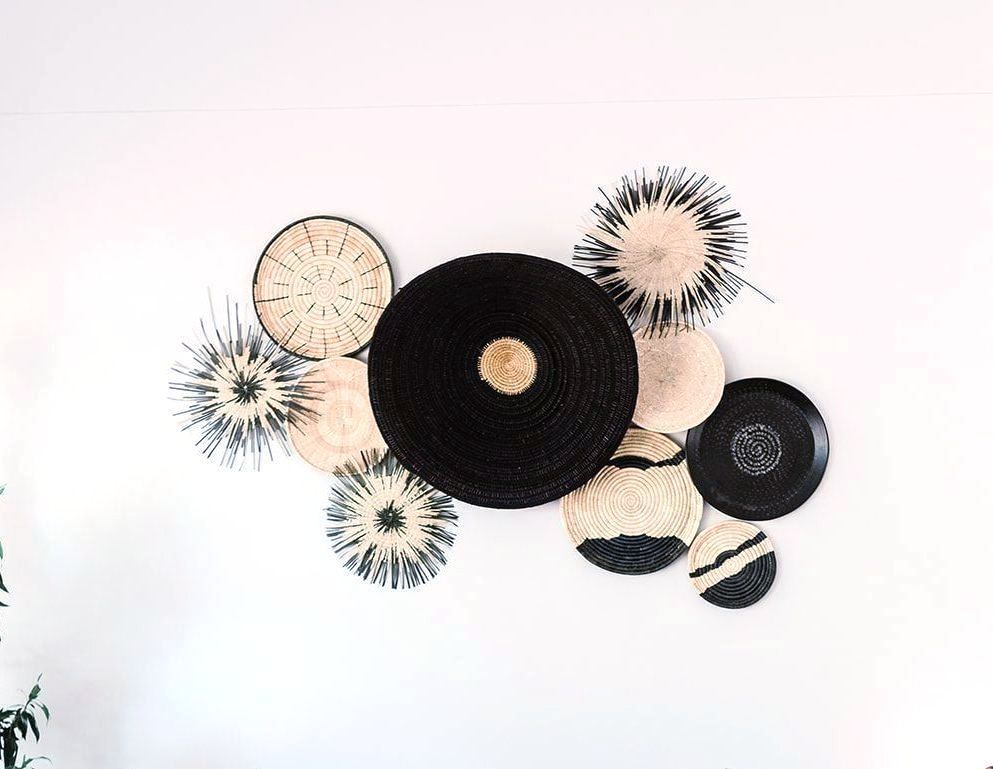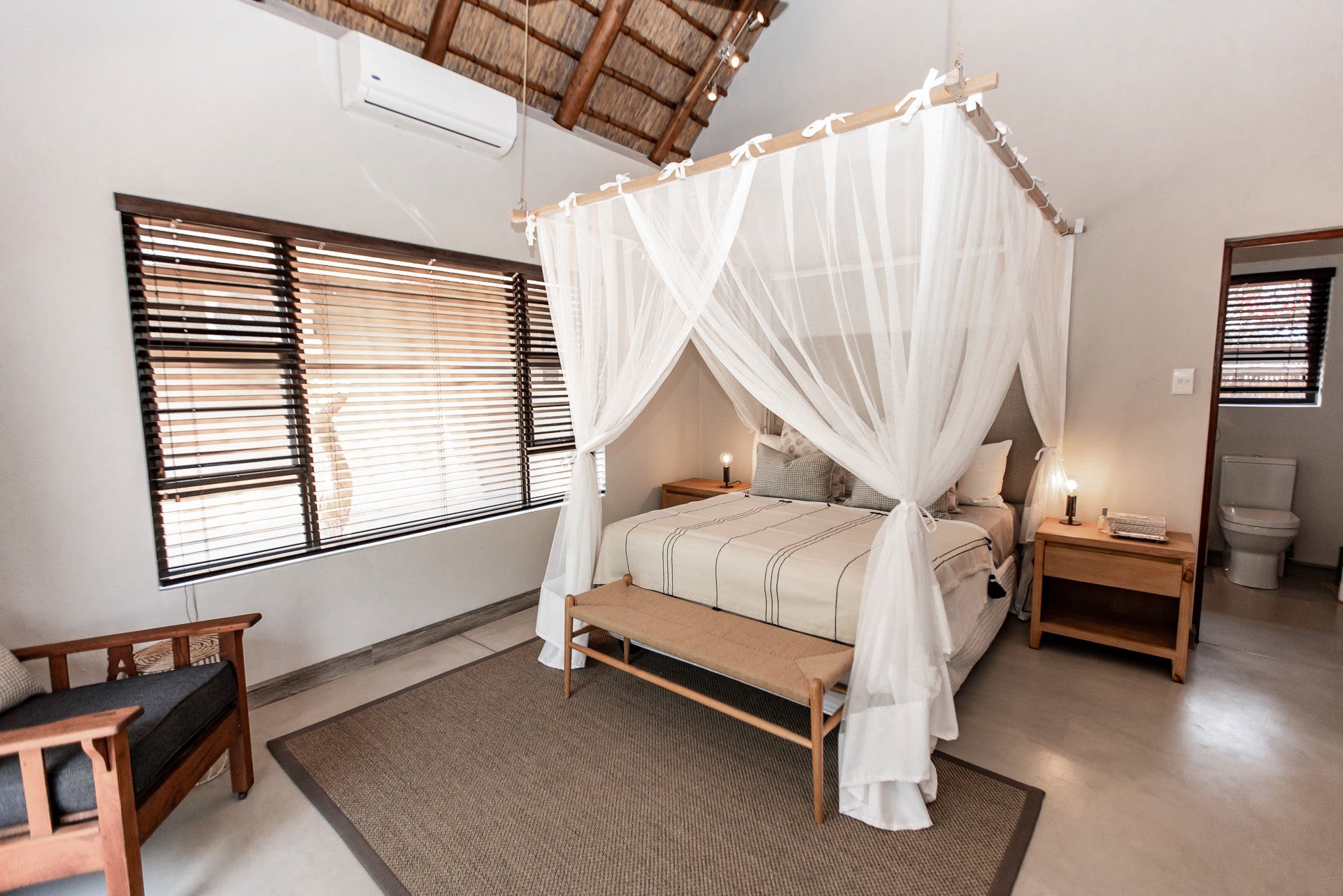Embracing Eco-Friendly, Allergy Free Interiors
July 3, 2018
The eco-friendly, allergy free interiors trend is alive and thriving and an increasing amount of home owners are looking to get in on creating a home which is far more eco-conscious.
But what exactly does ‘’eco-friendly’’ mean and will it cost the average home owner an arm and a leg to restyle or re-design their homes to represent a more eco-conscious way of living? Not necessarily.
There are simple ways you can begin to transform your home into a more eco-friendly, allergy free one, while there are more long-term investment type ways of making a real change.
You can either incorporate the eco-friendly trend room-by-room or start from scratch if you’re moving into a completely new space. Our best advice is to convert one room at a time, until you are satisfied with your contribution back to the environment.
Here are a few simple steps to making your home a little more eco-friendly…
1. Go for green décor
Incorporating a little bit of nature throughout your home is one of the easiest and most cost-effective ways of creating a space that’s eco-friendly. Plants are amazing indoors as they boost oxygen levels and also help to filter out harmful toxins from the air. They also look stunning, creating an air of natural beauty, tranquillity and freshness. Some of the best plants for air freshness in the home include lilies (not ideal for those with hayfever though!), bamboo palm and gerbera daisies.
2. Opt for solar power and natural light
Choosing to convert to solar power in your home may be one of the more costly ways to becoming eco-conscious, but it can certainly pay off in the long-run. You will have to start by hiring a contractor who will send an engineer to evaluate your roof for solar power panels. Some of their considerations will include how much sun your rooftop location receives, the size of your rooftop, the amount of power that you use, the solar financing option that you choose and what solar power incentives your municipality offers.
Another great way to cut down on your electricity bill and boost the warmth of your room is by harnessing natural sunlight. Maximise natural light by opening heavy drapes or blinds during the day, especially during winter, and you’ll notice how much warmer your home will become.
If you choose to use light, unlined drapes, make sure your windows have double glazing, weather stripping and caulking to prevent cold air from entering and warm air from escaping your home. Ideally, bedrooms should face north to avoid the sun, while communal living areas such as your lounge and kitchen should face south to make the most of natural sunlight.
3. Reduce your home’s VOC content
VOCs are present throughout most of our households and can contribute to a myriad of health issues such as eye and throat irritation, headaches, migraines, allergies, liver damage and even some cancers. Volatile organic compounds are primarily found in paints, adhesives, cleaning products, air fresheners, furniture and carpets. So if you plan on repainting, make sure to look for green-seal certified paints, paint thinners and adhesives – they could also be labelled ‘low odour’. When purchasing new wood furniture, opt for wood products free of formaldehyde as well as low VOC, water-based wood stains and finishes.
4. Go with natural, organic textiles
You may not know it but the textiles throughout your home could be flaring up allergies and contributing to the overall pollutants in the air of your home. Pillows, mattresses, upholstery and most especially bedding can contain allergens and greatly contribute to the production of synthetic materials which ultimately end up filling landfill sites.
To make your eco-friendly mark, opt for wool-stuffed or wool-based materials. Wool is one of the most hypoallergenic, biodegradable, recyclable, odour-free, moisture-absorbent and anti-bacterial materials on the market today. Otherwise, natural latex is another great material to use in your home as it’s manufactured from the sap of rubber trees – it’s also fire resistant and free of VOCs.
5. Bin your carpeting, today!
Did you know that nearly all carpeting found in homes today is petroleum based? Huge amounts of water and chemicals are needed in the manufacturing of carpets, creating millions of litres of polluted waste water across the globe. Carpets are also packed full of VOCs in the adhesive used in their manufacturing.
Carpets are also a magnet for mould and dust mites which are impossible to fully remove, even with regular cleaning. If you suffer from allergies or asthma, carpeting is a no-go! A better idea to create a more eco-friendly and toxin-free environment is to opt for rugs which can be shaken out and vacuumed or bamboo, cork, natural wood, marble or concrete flooring.
These are merely a few simple steps you can take to making your mark on the eco-friendly scale which is growing in popularity day-by-day. By starting small you can slowly convert your home into a more sustainable and safer environment for both you and your family.
Share on Socials

Back in March of 2020, Bianca and Jana were dusting off their Fez’s and grabbing the pashminas out of storage in preparation to Rock the Casbah! However, as we all know and vividly remember - with March, came the eventual Covid shutdown, and instead of frolicking down the Moroccan streets, we all shut ourselves inside and watched the days tick by… 3 Years later, and now we can finally say - with conviction - that they’re going to Morocco at the start of September! This blog, filled with excitement and curiosity about all the weird and wonderful curios they might find, and endless sourcing they’ll do, stays as a reminder that sometimes plans change, things go awry and there’s not much you can do about it other than persevere - and that we did! So, here’s Bianca and Jana’s innermost thoughts about the trip, 3 years before it came to fruition, enjoy :) We've got our passports out and Jana has already picked out what she's going to wear each day… Come March [September] we'll be heading north with Air France to the Kingdom of Morocco, bright eyed and bushy tailed as we make our base in the ancient city of Marrakesh (also known as Marrakech to the French, but we're not French, so we'll go with the English version until all that fuss about Brexit is sorted out) - This turned into a year long negotiations trade, and now us outsiders would pay nearly double what we used to if we visit the UK - thankfully our flight is direct!! We'll be looking for inspiration and will be investigating what's there that we could possibly bring back to The Hoed. We can't wait to experience the atmosphere and afro-arabic influences of this amazing place as we visit the celebrated souks and off-the-beaten track artists and craftsmen that make Marrakesh so special. We're desperate to see the beautifully hand-crafted furniture, textiles, fabrics, rugs, carpets, objets d'art, accessories, lighting… anything that catches our eye and could possibly be brought back south. Berber mats and rugs are definitely on our list, as are the kind of furnishings you might find in a gorgeous Bedouin tent. If you think about it, the Bedouin refined the art of "glamping" into an artform - fabulous carpets on the ground, soft, billowing fabrics hung here and there, plump cushions spread on the ground, intricate leatherwork and carved wood, patinated metal… Total Glamping vibes! We just love all of it and will be tracking as much of it down as we can. We'll also have an eye or three out for wonderful ceramics and glassware and wonderful lamps that give off soft, filtered light. For us it's about workmanship, so we'll hopefully be finding the people who make furniture and ceramics using techniques that have been passed down over countless generations meaning that everything we look at will have its own, and its own special story. Our mission is to share those stories with you and, if it's feasible, bring some of that special workmanship home to the Rainbow Nation. We're most definitely inspired and are sure this is going to be a truly special trip! Counting the sleeps till then! Less than a month to go now - we will be keeping the updates going on our social channels as well as another few blog posts to explain in detail our wild adventures - Stay tuned!



